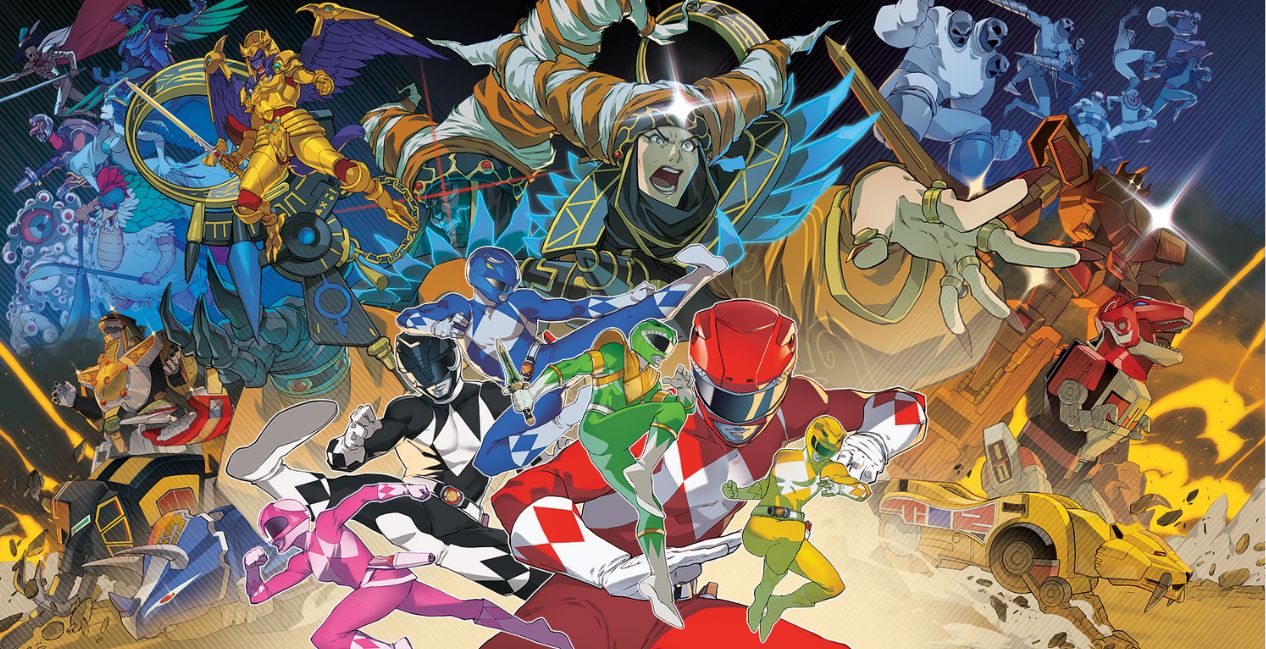In a time where nostalgia often serves as a shallow marketing tactic, Mighty Morphin Power Rangers: Rita’s Rewind stands out as a project with depth, passion, and authenticity. Developed by Digital Eclipse, Rita’s Rewind isn’t just a reimagining of a beloved franchise; it’s a celebration of everything that made Power Rangers a cultural phenomenon. Through heartfelt storytelling, meticulous attention to detail, and an unapologetic love for both the series and the era it came from, Rita’s Rewind is a testament to the power of teamwork—on-screen and behind the scenes.
We had the opportunity to look into the window of the creative minds behind the game, revealing how their personal connections to the franchise, respect for its legacy, and innovative approach to game design have come together to create something truly special. From the sincerity of Power Rangers’ message to the thrill of designing a brawler that feels fresh and exciting, the team at Digital Eclipse poured their hearts into every pixel, animation, and note of the soundtrack. Their words speak volumes about their dedication to honoring the past while crafting something for the future.
Why Mighty Morphin Power Rangers?
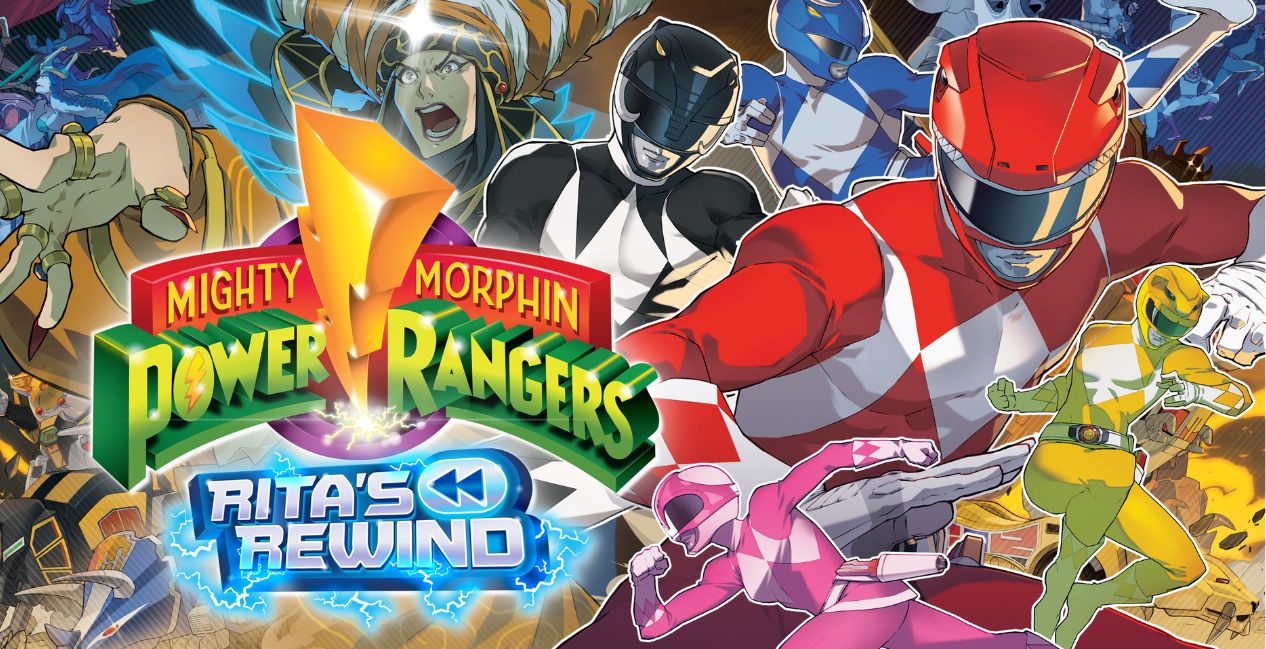
Nostalgia often fuels creative projects, but for Digital Eclipse, this game wasn’t just about revisiting the past. It was about bringing to life a franchise that meant something different to everyone on the team. Whether it was the sincerity of the original show, the fascination with Japanese entertainment, or the untapped potential of creating the arcade game Power Rangers always deserved, this project had deep personal roots for its creators.
Mike Mika: Why Mighty Morphin Power Rangers? Well, I mean, we can revisit some of the stuff we were talking about earlier, but I was in college when Power Rangers came out, so it wasn’t like I grew up as a kid playing Power Rangers or anything like that. I was really fascinated by Japanese shows because, back when I was a kid, you couldn’t get this stuff. It wasn’t on the internet, so it was just kind of interesting to see this show that was like this hybrid kind of thing.
The sincerity of the show was something that really struck me when I was watching it. My friends made fun of me because, you know, I probably shouldn’t have been watching kids’ shows at that age, but I went all in. I got the toys, I got the cardboard stand-ups—I was definitely a weird person in college.
But again, I go back to that sincerity. It was something I really enjoyed about the show. It was a gateway for me into shows like Kamen Rider and all these other things I would later get really into. It’s been kind of dormant in the back of my mind for a while. I never thought it’d be something I’d do later—make a game about it or anything like that—but it was always this kind of dormant fandom sitting back there.
Dan Amrich: Yeah, and that’s really because Hasbro let us. We were aware that Hasbro was building this retro arcade brand, and, from my understanding, they essentially said, “What IP would you want to work with? Open up the books.” There were a bunch of ideas on the table, and we were like, “Would you let us do Power Rangers?”
They said, “Yeah, Power Rangers is on the table,” so we pitched our idea, and they liked it. They said, “Go with it.” A lot of it came from the realization that Power Rangers didn’t have that standout arcade game the way Turtles, Simpsons, or X-Men did. That felt like an injustice we could correct.
It was like Hasbro opened their toy box and said, “Which one do you want to play with?” And we were really fortunate that they let us play with Power Rangers.
Balancing Nostalgia with Innovation
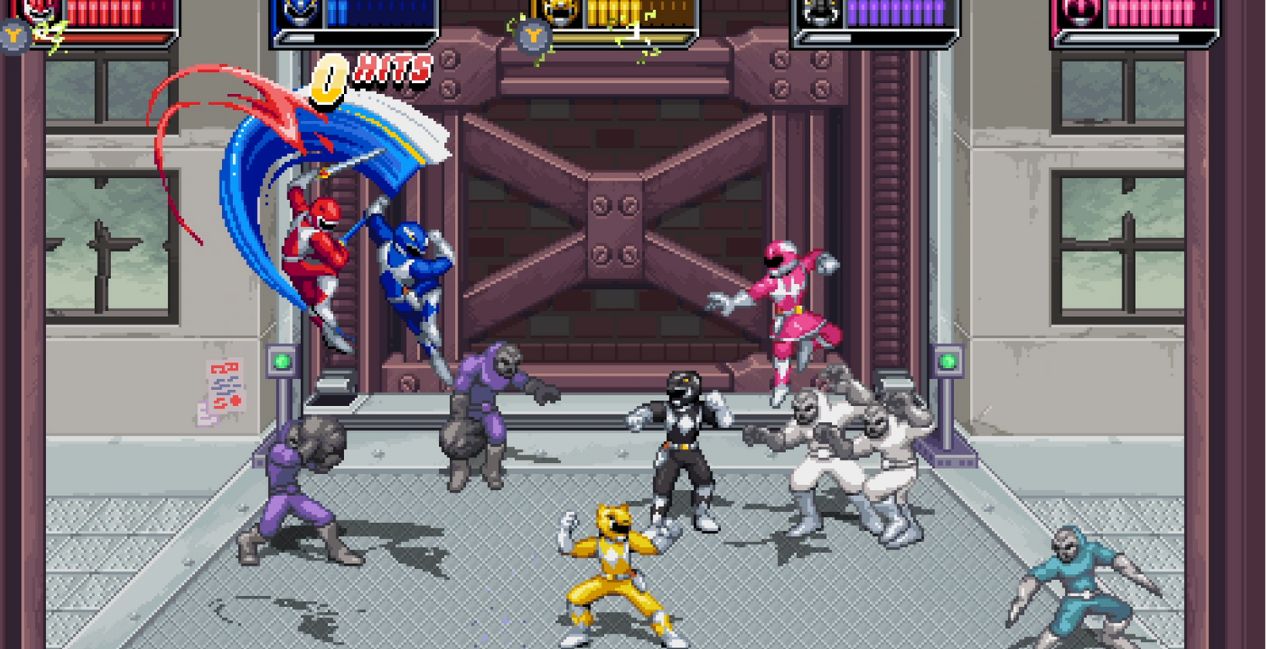
One of the challenges with projects tied to beloved IPs is finding the balance between paying homage to the source material and making something new. For Digital Eclipse, tackling Power Rangers was like being handed a cherished toy box and asked to do it justice. The team approached this responsibility with reverence, ensuring their work honored the franchise while creating a fresh experience for today’s players.
Mike Mika: It helps that everyone here has a lot of respect for Power Rangers. Oh my God, Kevin—our CTO—is a huge fan of the show. When Hasbro asked, “What would you be interested in?” it was like Lucasfilm coming up to you and asking, “Would you want to do Star Wars?”
It’s like, “Yeah, would that be of interest? Would we consider it?” I mean, I guess so. It’s just one of those dream opportunities.
Dan Amrich: This project had a bit of personal wish fulfillment, like being into Power Rangers back in the day. The opportunity to make a Power Rangers game was huge because, honestly, somebody was going to do it, and I trusted us to handle it. It felt safe in our hands because we really respect this franchise. On a personal level, there are just so many fans here.
Mike Mika: And then, from another angle, when you look at Digital Eclipse and what we do, we specialize in these contextualized, cultural, interactive documentary-style projects. We thought about Power Rangers in the context of the era it came out, which was such an exciting time for arcades. There were so many genres, gameplay types, and experimental designs happening in that space. For us, this project became not just a love letter to the show but also a love letter to that incredible era of arcade gaming.
Bringing the Characters to Life
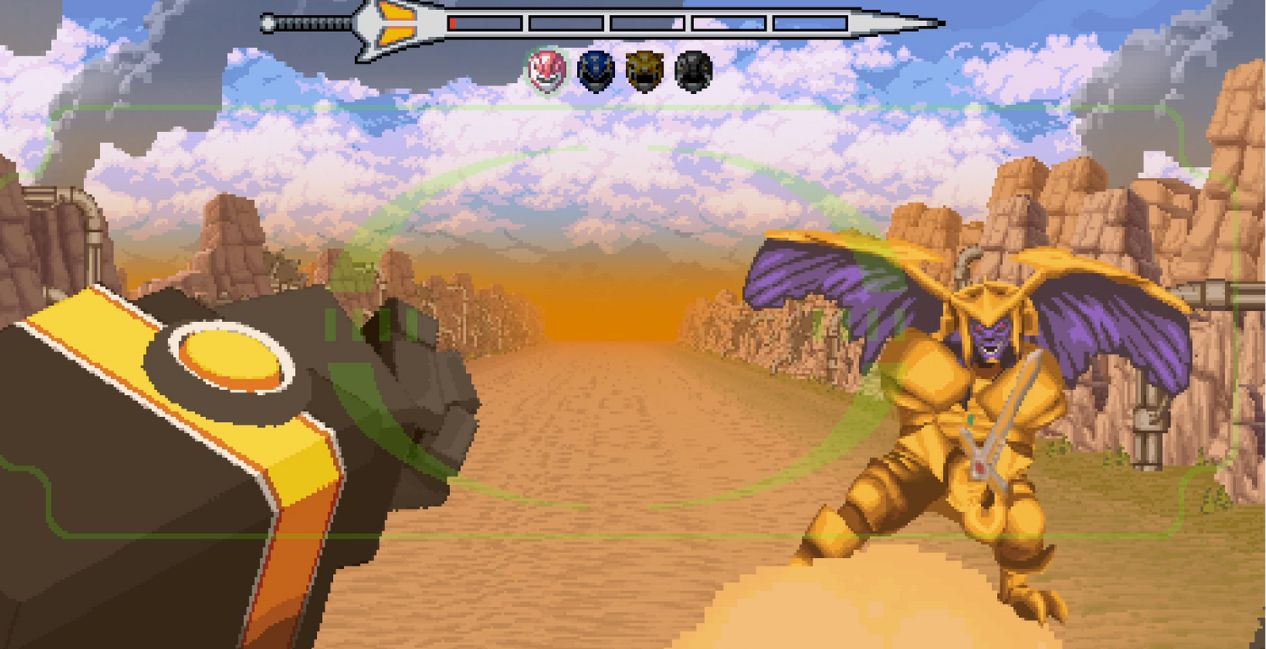
The Rangers aren’t just superheroes—they’re icons, each with their own distinct personality, fighting style, and legacy. Digital Eclipse’s focus on getting the details of the sprites right wasn’t just about authenticity; it was about respecting what these characters have meant to fans for decades. This attention to detail made the Rangers feel like the heroes players remember, but in a way that also celebrates the actors behind them.
Mike Mika: There’s a lot of iteration that went into it. Our lead artist and designer, Mae Livingston, went through so many versions of these characters. There are likeness issues and rights considerations, so we had to strike a middle ground—something that wasn’t an exact copy but still felt authentic. Mae really worked to capture the sense of action and movement that defined these characters.
When you’re controlling them, the goal was to make it feel like you were playing as the Trini, Kimberly, or Green Ranger you grew up with. For example, when Trini moves, it looks and feels like Trini. That attention to detail extended across the whole team.
Of course, we knew the love and fandom for these characters—especially for those who are no longer with us—deserved to be honored. It’s a challenge to approach that thoughtfully, to ask, “How do we respect this person and their legacy in a game?” For us, it came down to a commitment to doing it right. We just said, “Let’s make this the best it can possibly be.”
Dan Amrich: Emily comes to mind. She was an animator who worked with us for a while, and when we started the Power Rangers project, she pulled me aside and said, “You have no idea how important it was to see Trini. To be a young Asian girl and see another young Asian girl on TV was insanely powerful.” She told me Trini was all her friends’ favorite character—they were obsessed with her. Trini was an equal member of the team, and that meant so much to them.
It was a perspective I hadn’t fully appreciated until she shared it. Doing the characters justice in real life was one challenge, but then Mae added all these little touches to the animations that made them shine even more. For instance, when Zack is idle, he bounces a lot more because he’s doing Hip Hop Kido. Those kinds of details really make the characters feel alive and true to who they are.
BUT WHY THO: We were talking about that—there are so many little things, like with Kimberly’s character. When Kimberly lands, the way she sticks the landing—
Dan Amrich: —like the gymnast that she is. It’s so noticeable. Those little things, that was like, that’s the difference between, are you doing the actor or are you doing the character?
And Mae was really careful about this. The characters had to move the way you’d expect them to, based on their history in the show. She considered everything—their movements, their dialogue, and even subtle traits that would influence how they carried themselves. All of that was taken into account to make the game as authentic to the franchise as possible.
Avoiding the Brawler Reskin Trap
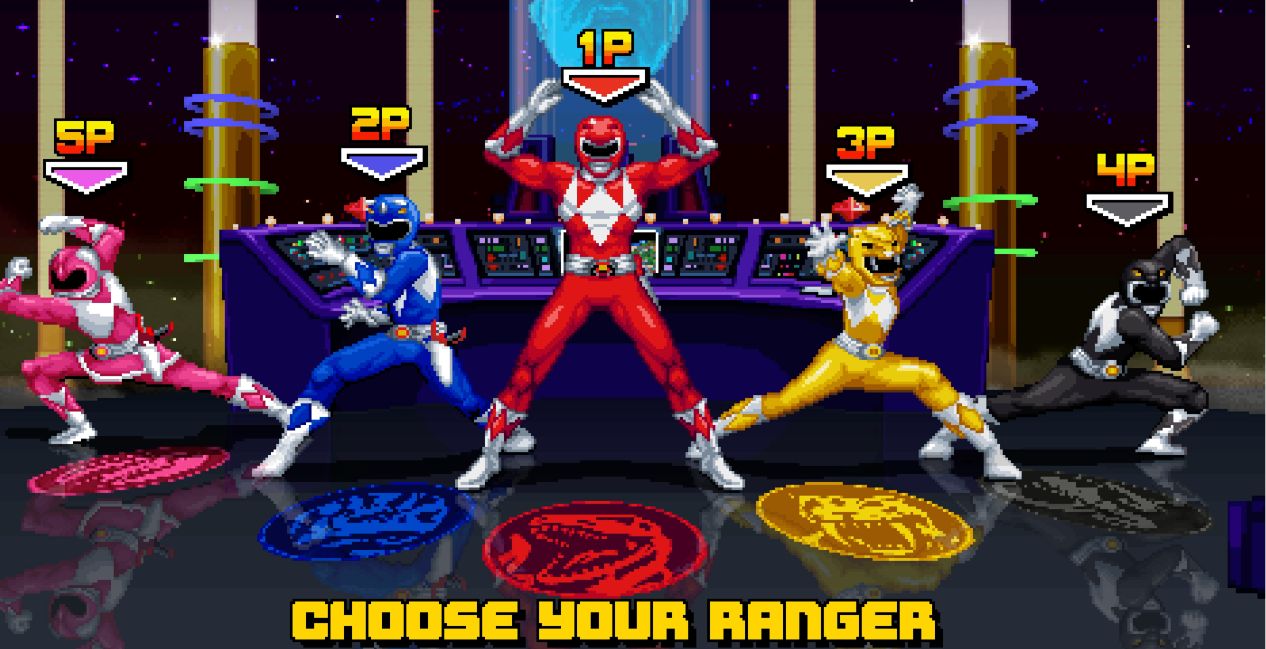
The gaming world is filled with side-scrolling brawlers, and Power Rangers easily could have been just another clone of Turtles in Time. Instead, the team aimed to create something that felt uniquely Power Rangers, capturing the show’s episodic progression from teenagers morphing into Rangers to their climactic Megazord battles. To achieve this, they pulled from various arcade traditions to reflect the dynamic nature of a Power Rangers episode.
Dan Amrich: Early on, when we started thinking about the game, we were all huge fans of the classics—The Simpsons, X-Men, and more recently, Shredder’s Revenge. But we kept asking ourselves, “What would we do if we could go back in time and make this arcade game?” The majority of the game was always going to be a brawler, but we wanted to explore other arcade genres as well.
We looked at how we could tie those genres to the Power Rangers story arc. The show starts with the teenagers, they morph, they fight, and eventually, they become the Megazord to take out the monster of the week. That escalation—from teens to superheroes to giant robot battles—was so critical to the show. So we designed gameplay to match that progression, weaving in different gameplay styles along the way.
For example, we pulled inspiration from the Sega Super Scaler games of the 90s. While brawlers like X-Men might be on one side, on the other, you’d have games like OutRun. We wanted to create a mashup that captured that visceral, escalating experience of a Power Rangers episode. This approach became the blueprint for how we structured the episodes in the game, all leading up to the Tommy arc, which is where the story reaches its climax.
The Juice Bar: Nostalgia in Action
Mike Mika: The Tommy arc is sort of where the story reaches its true climax. Speaking of that flow of the episodes, everything always ended at the juice bar. So the fact that we were able to make the juice bar an interactive space was a thrill for me. Because that’s something we’ve talked about a number of times—what can we do that other Power Rangers games have not done? And I don’t believe any of them have ever put you in the juice bar interactively. Then there are surprises for the player once they start exploring the juice bar.
Dan Amrich: The juice bar is almost like the sixth ranger, you know? Or maybe the seventh ranger, depending on how you’re counting.
Creating a Soundtrack That Hits All the Right Notes
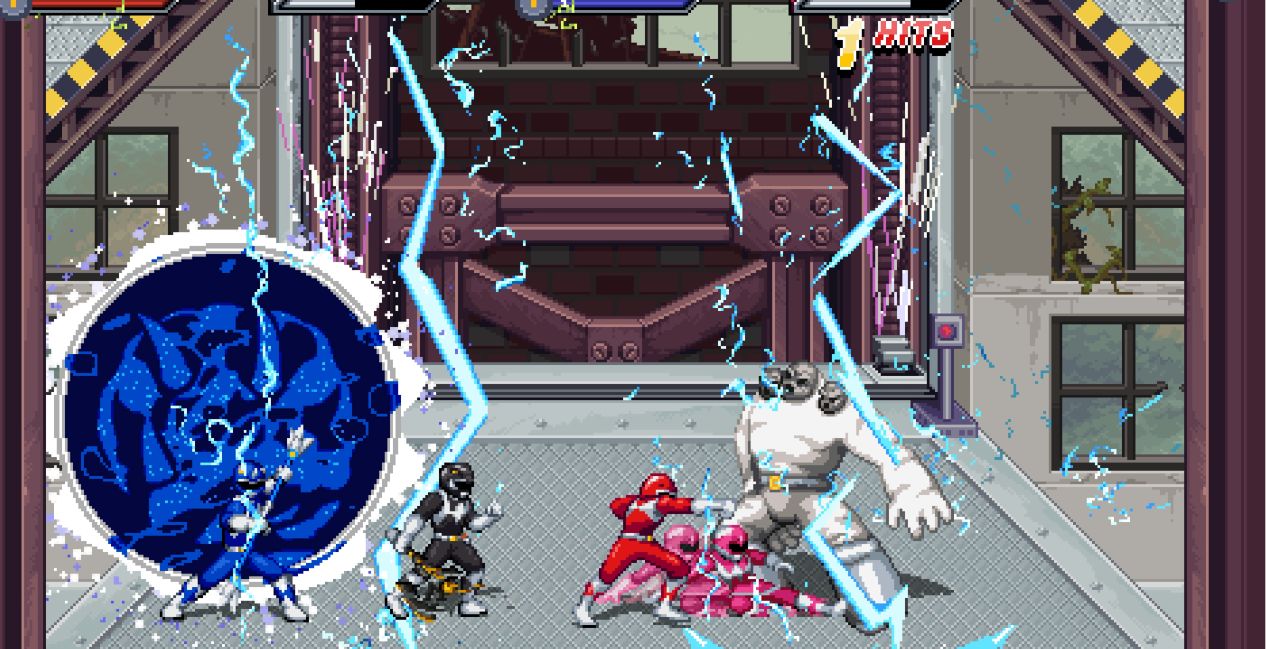
A Power Rangers game wouldn’t be complete without a soundtrack that captured the franchise’s energy. For this project, Sean Bailo delivered a score that not only paid tribute to the series’ iconic music but elevated the gameplay experience. The team’s respect for Bailo’s work shines through in how they describe his contributions as essential to the game’s impact.
Mike Mika: If there’s an eighth ranger, it’s definitely the soundtrack. The music. The sound.
Sean Bailo—who we’re huge fans of here in the studio—was incredible to work with. I first encountered his work on Donut Dodo, and I thought it was brilliant. It had this vibe where I thought, “If Nintendo made this game, this is exactly what it would sound like.” He’s worked on some fantastic games since then, but Sean was immediately our first choice. We reached out to him, and when he sent over some samples—oh my god—they were mind-melting.
I thought we were going to get something more in the realm of traditional 8-bit music, but he completely crushed it. It sounded incredible—fresh, dynamic, and with a lot of original work in there. It was a no-brainer to go with Sean. He understood the assignment perfectly. He knew what Power Rangers is all about, the energy it carries, and he brought that into the music. Honestly, he’s kind of like our John Williams in this project.
The music enhances everything; without it, the game is still great, but when the music kicks in, it elevates it to an entirely new level. It just takes the experience to 11. Sean’s work really makes the music feel like the 8th character in the game.
Dan Amrich: Sean is a Power Rangers fan, and it shows. You can tell this project was like a dream come true for him, getting the chance to score something like this. I remember some of his early drafts—oh man, they were wild. Like, insanely good but so intense we actually had to tell him, “Dude, you need to dial it back a bit, or no one’s going to be able to focus on the gameplay!”
Making the Game Accessible for All Players
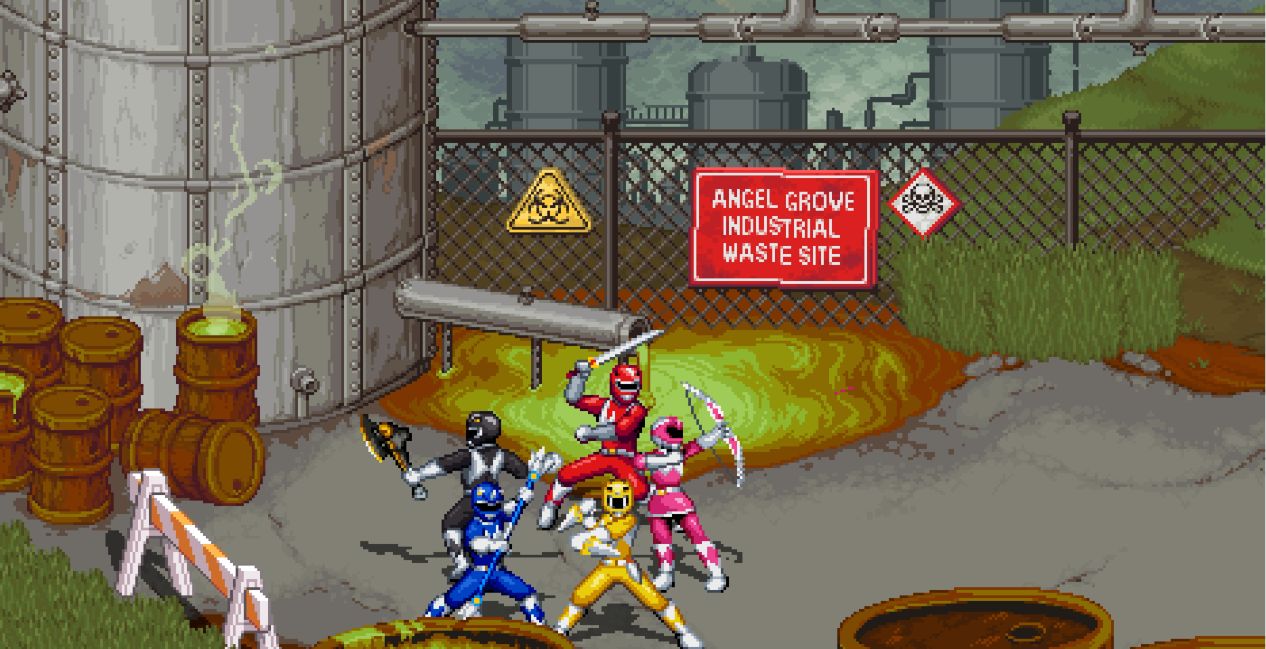
Whether it’s a longtime fan or someone picking up a brawler for the first time, Rita’s Rewind was designed with accessibility in mind. Digital Eclipse wanted the gameplay to feel welcoming, ensuring anyone could dive in and have fun. At the same time, they captured the essence of Power Rangers—that anyone, no matter their background, could be a hero—with simple yet satisfying mechanics that encouraged teamwork and camaraderie.
Mike Mika: I think there are some big lessons we’ve learned about the genre. Brawlers are one of the best types of games for people who might not have played this style before because they’re so accessible. The difficulty ramps up and down as you progress, but when you pick up the controller and start playing, the game is designed to let you get pretty far before you hit any real challenge. That’s something inherent to the genre.
If you think back to older games like The Simpsons or X-Men, half the fun was what you were seeing on the screen, and the other half was the fun you were having with your friends around you. It’s a social experience—you’re cheering each other on, encouraging everyone. It’s a cooperative game, not a competitive one, and that dynamic makes it easier for people who haven’t played brawlers before to jump in, learn the ropes with friends, and just enjoy themselves.
Dan Amrich: Yeah, brawlers are incredibly accessible, and that was one of our main goals—to make sure anybody could pick up the game, have fun, and feel like a hero. That’s the core of Power Rangers anyway: anybody can be a hero.
When it came to the controls, we wanted them to be simple, not overcomplicated. I actually said this at PAX: “I can explain all the controls to you, or you can just mash the buttons.” And almost everyone said, “We’ll mash!” Within 30 seconds, they were like, “Oh, I get it!” And that’s all I could ask for. If players can figure it out and enjoy themselves that quickly, then we’ve accomplished what we set out to do.
Mike Mika: We absolutely meant that because we were thinking back to what it was like for us playing these games decades ago. When you’re playing, even if it feels like you’re failing, you’re really not. This game doesn’t let you fail backward; you just fail in place.
Reimagining Megazord Gameplay
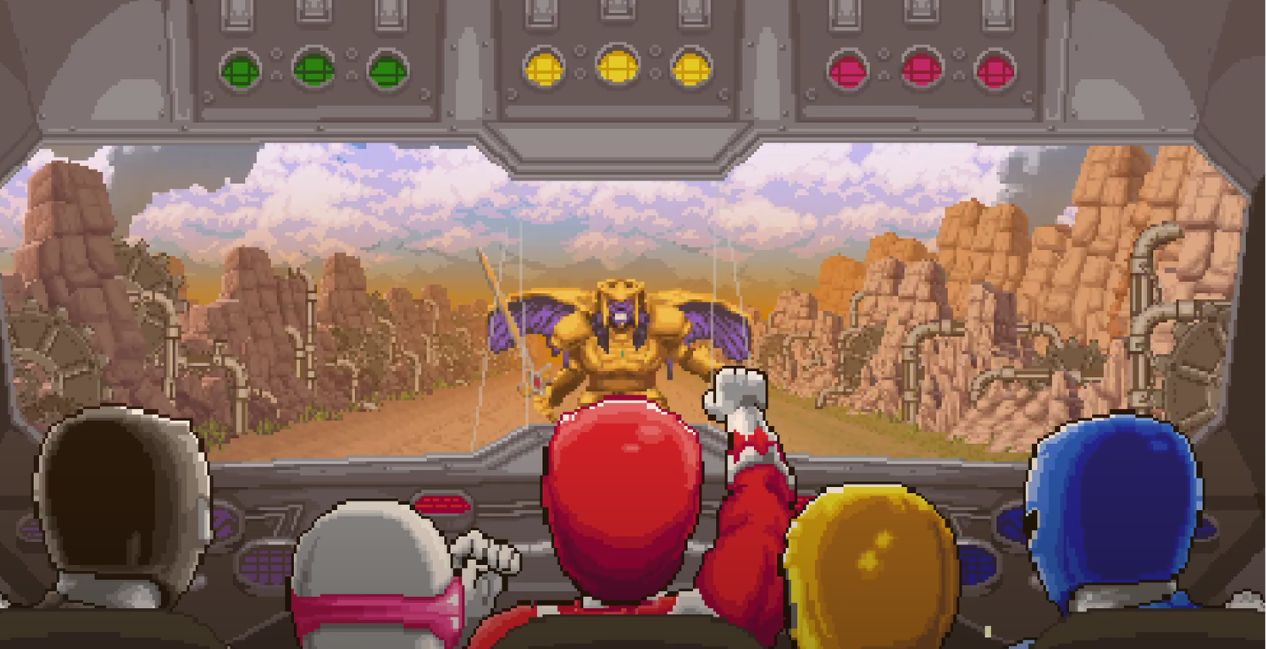
One of the defining features of Power Rangers is the Megazord battles, where the team unites to face their toughest enemies. Designing this iconic sequence for the game proved challenging, but the developers leaned into the show’s core themes of teamwork and mutual support. Through numerous iterations, they crafted a system that allowed players to share the spotlight, making the Megazord moments true cooperative experiences.
Mike Mika: The idea is to learn together and keep moving forward, without the frustration of feeling like you’re losing progress. That’s part of the magic of Power Rangers—it’s about teamwork and persistence. The Megazord sections really embody that spirit.
A good way to wrap this up is to talk about how many iterations we went through for that Megazord sequence. At first, we tried all these different ways for players to control individual parts of the Megazord, but it just led to everyone fighting with each other. We couldn’t stand it.
Then we had this epiphany: think about how single-player games work—when someone hands off the controller, everyone else starts encouraging them, saying, “It’s your turn! You got this!” That dynamic was so natural, and we thought, that’s it! That’s the solution—teamwork and cooperation.
Dan Amrich: And it just clicked.
Mike Mika: Exactly.
Dan Amrich: When people ask, “How does five people in the cockpit work?” I tell them, “Well, I can also tell you three ways it doesn’t work—we learned that the hard way.” But the way it works now? It’s way better than it was in beta. We iterated a lot and realized why other games hadn’t tried it—it’s a real challenge to make it work. But I think we nailed it because, in the end, it’s all about working together.
Mighty Morphin Power Rangers: Rita’s Rewind isn’t just a game—it’s a celebration of a legacy that has spanned decades. Through the dedication and passion of the team at Digital Eclipse, the game brings the core values of Power Rangers—teamwork, resilience, and unity—to life in a way that resonates with longtime fans while being accessible to newcomers.
What sets this project apart is how deeply personal it was for the developers. Their stories, inspirations, and respect for the franchise’s history are woven into every detail, from the character animations to the carefully curated soundtrack. It’s not just about reliving childhood memories; it’s about creating new ones that feel just as meaningful.
Mighty Morphin Power Rangers: Rita’s Rewind will be available digitally on December 10, 2024, for Nintendo Switch, PlayStation 4, PlayStation 5, Xbox One, Xbox Series X|S, and PC via Steam.

